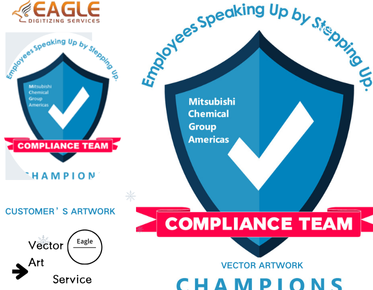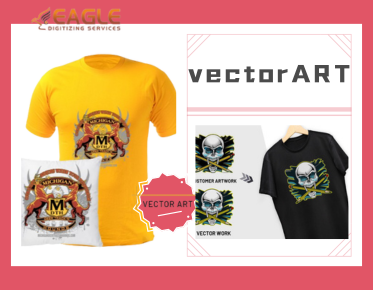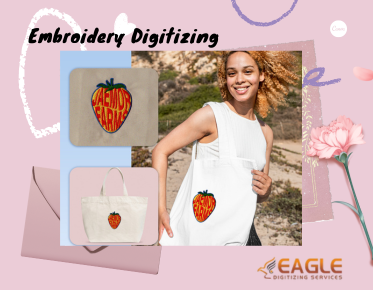Converting Vector Files to TIFF
In the digital art and design industry, the need to convert vector files to TIFF files is quite common. Understanding how to execute this conversion properly is crucial for ensuring quality outputs, particularly for printing and publishing needs. In this article, we will explore the methods and nuances of converting vector files to TIFF, discuss the tools and services available, and highlight some useful tips.
Understanding Vector and TIFF Formats
Vector files, such as EPS, SVG, AI, and PDF, are formatted to maintain image quality at any scale. They are made up of paths defined by mathematical expressions, allowing for scalability without losing resolution. This makes them ideal for logos, illustrations, and any design work requiring resizing. TIFF (Tagged Image File Format), on the other hand, is a format for raster graphics, which is often used for high-quality images in printing. It supports layers and has lossless compression, making it suitable for storing physical print graphics such as flyers or posters.
The Conversion Process
Converting a vector file to TIFF involves rasterizing the vector paths. This process can typically be executed using graphic design software like Adobe Illustrator or CorelDraw. Here’s a general approach using Adobe Illustrator:
- Open your vector file in Adobe Illustrator.
- Ensure that the artwork is correctly placed within the artboard.
- Go to ‘File’ > ‘Export’ > ‘Export As’.
- Choose TIFF as your format in the dropdown menu.
- Set your desired resolution and color model. For printing, 300 DPI (dots per inch) and CMYK color model are standard.
- Click ‘Export’ and configure any additional options if prompted.
It is also possible to automate this process using online tools and services that offer batch conversions. For businesses or designers frequently handling large volumes of conversions, services like Vector Art Services Online can prove beneficial.
Tools for Vector to TIFF Conversion
Various online platforms and software can assist in the conversion process. Services like Vector Conversions provide reliable software that simplifies the conversion from vectors to raster formats such as TIFF. Utilizing such services also grants access to professional adjustments like background removal and color correction, which are integral features offered by companies such as Eagle Digitizing.
Eagle Digitizing: Comprehensive Vector Services
Eagle Digitizing plays a pivotal role in the digitization and conversion market. Their services extend beyond mere conversion, offering detailed enhancements such as clean vector tracing, drop shadow effects, color correction, and image retouching. This ensures the highest quality output for marketing, screen printing, and promotional designs【4:0†source】. Their ability to rapidly process orders while maintaining high standards makes them an invaluable resource for small to medium-sized businesses requiring efficient designs ready for print.
These bespoke services are complemented by a satisfaction guarantee and a quick turnaround of around 2 to 24 hours【4:1†source】. The variety of supported artwork formats, such as PDF, SVG, AI, CDR, DXF, and EPS【4:3†source】, caters to diverse customer needs, enabling companies to leverage the perfect format suited for their specific printing demands.
Best Practices for Conversion
During conversion, certain practices can maximize quality and efficiency:
- Check Image Settings: Ensure resolution settings are appropriate for the intended output. This means using 300 DPI for print quality results.
- Use Professional Software: Rely on reputable software for conversion tasks, such as Adobe Illustrator, CorelDraw, or Vector Magic, which can ensure precision and quality.
- Review and Edit: Post-conversion, review the TIFF for any issues that might have arisen and use editing tools to tweak as necessary.
Future of File Conversion in Design
As technology progresses, so does the sophistication of design and conversion tools. AI integration is likely to revolutionize the accuracy and speed with which these conversions are handled, reducing manual input and potential error. Businesses that remain adaptable and open to these technological advancements will find themselves at an advantage, pushing the envelope for what's achievable in digital art and print media. As we continue into the future, the importance of services like Eagle Digitizing, which maintain a blend of technical expertise and customer satisfaction, will be greater than ever.



